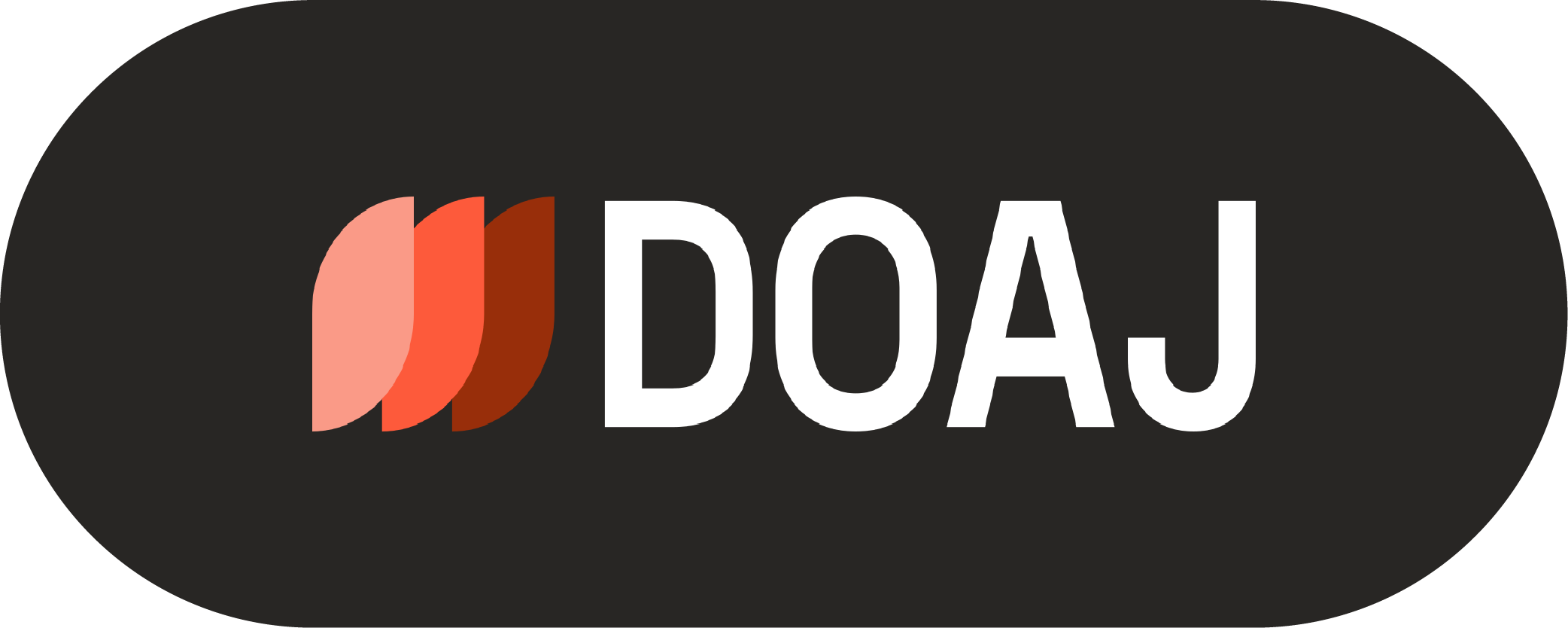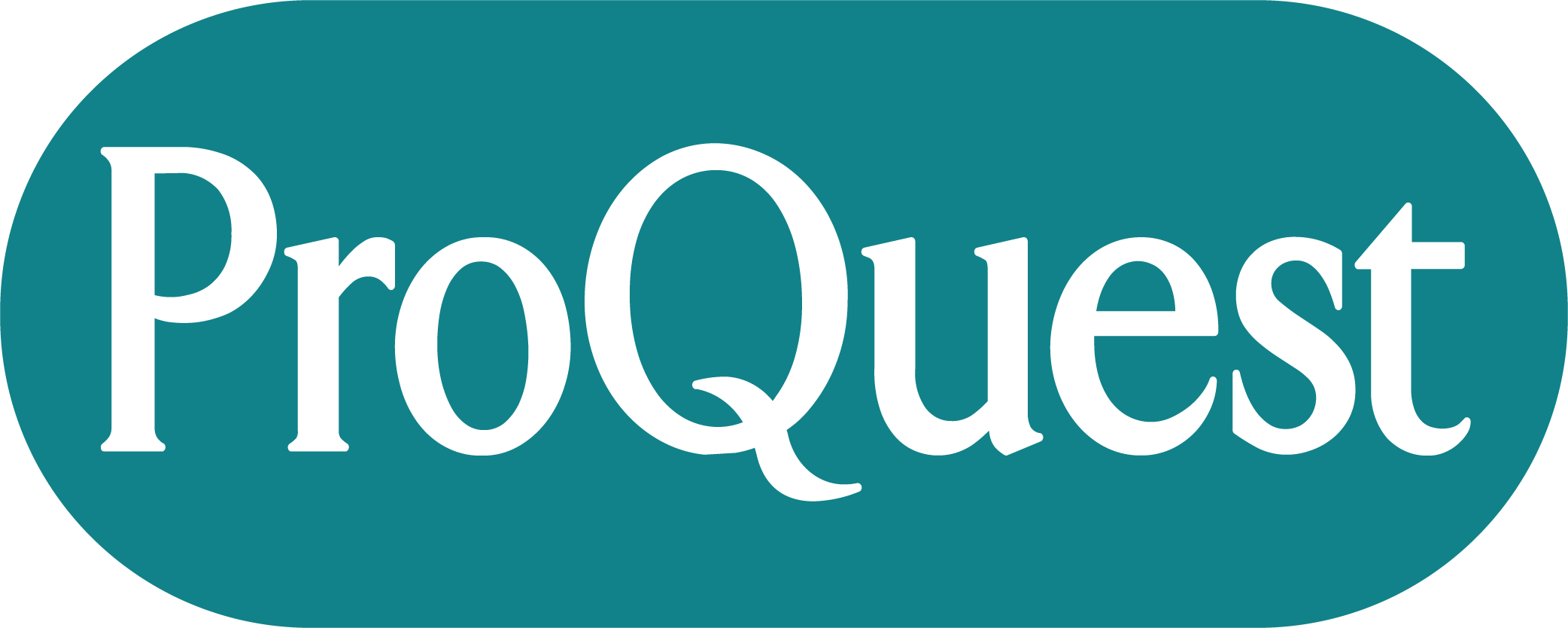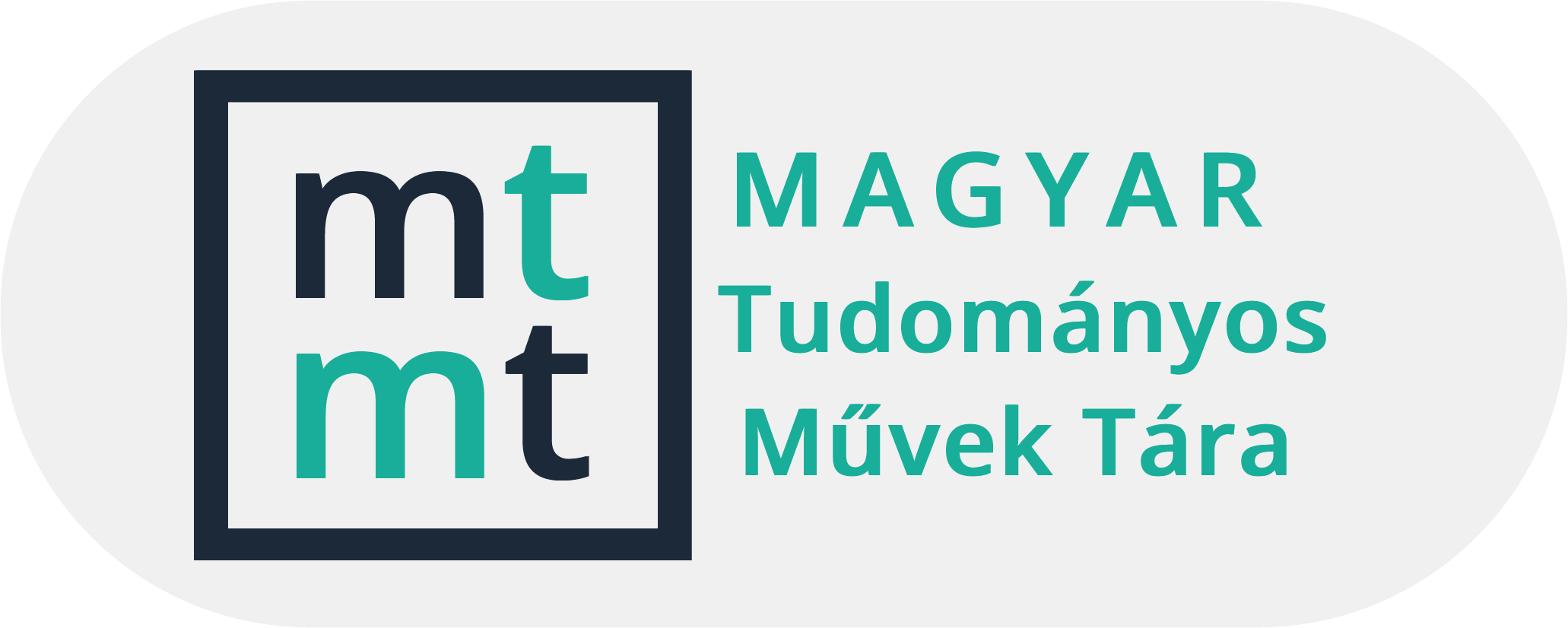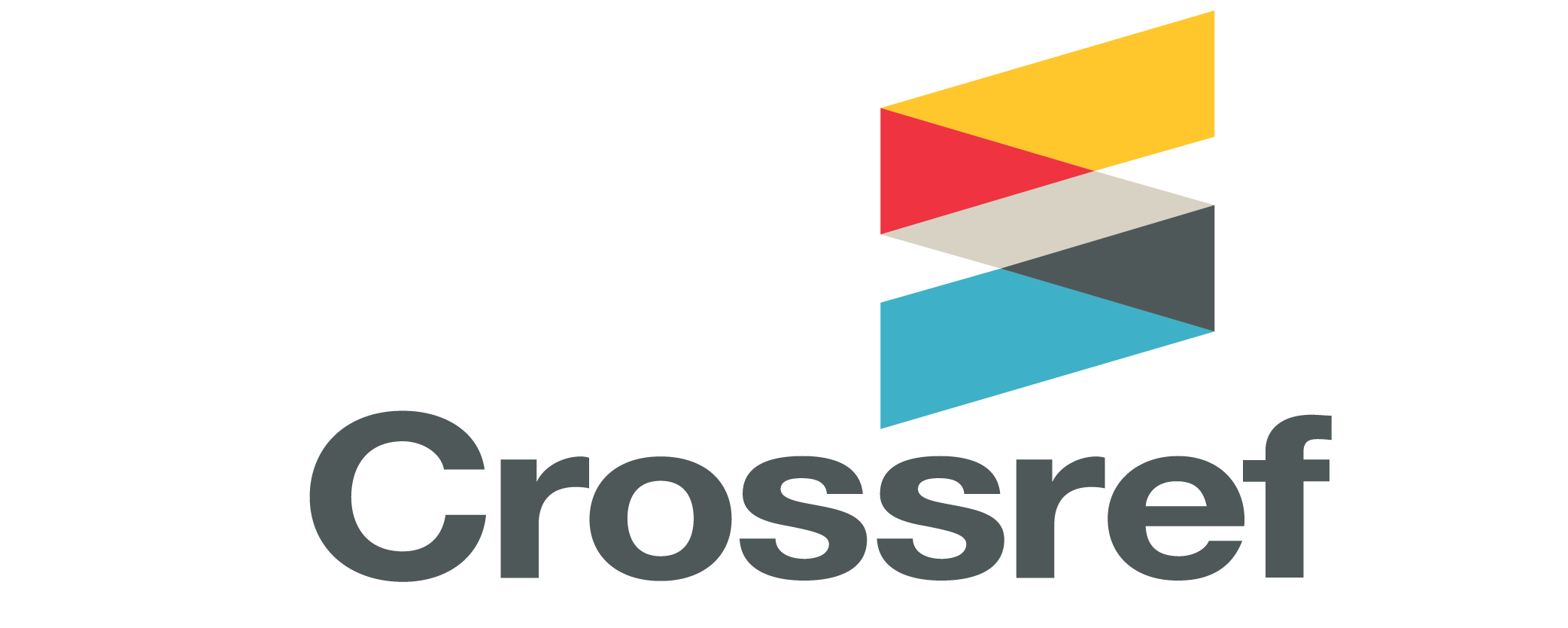Search
Search Results
1 - 3 of 3 items
-
Comparative survey on pupils' beliefs of mathematics teaching in Finland and Ukraine
13-33Views:68The focus of this comparative survey was the following research question: What are the differences and similarities in pupils' beliefs in mathematics between Finland and Ukraine? Data were gathered with the help of a questionnaire. The questionnaire consists of 32 structured statements about mathematics teaching for which the pupils were asked to rate their beliefs on a 5-step scale. The Finnish sample comprised 255 pupils, and the Ukrainian sample 200 pupils. Our data has been gathered with a non-probabilistic convenience sampling.
The main results of our survey are, as follows: Generally, pupils' beliefs of mathematics teaching and learning in Finland and Ukraine are rather far from similar. An investigation of the differences between pupils' answers across the two countries also showed beliefs that are characteristic for each country. For pupils in Finland, the characteristic beliefs seem to be, as follows: the value of strict discipline, working in small groups, and the idea that all understand. For pupils in Ukraine, the most characteristic might be the following beliefs: the use of learning games, the emphases of mathematical concepts, and teachers' explanations. -
On the legacy of G. Pólya: some new (old) aspects of mathematical problem solving and relations to teaching
169-189Views:90In this article are given some new aspects of mathematical problem solving. A framework is presented by three main resources: (1) Pólya's studies about mathematical heuristics are augmented by information drawn from a study of the history of mathematical problem solving. (2) Connections are presented between mathematical problem solving and mathematical beliefs. (3) Experience with a special program for mathematical talented students is sketched. On this background a new textbook-series has been developed and some teaching examples are taken from this context. An outlook is given on some new research on teaching of problem solving, including possible relations to modern brain research. -
Problemorientierung im Mathematikunterricht – ein Gesichtspunkt der Qualitätssteigerung
251-291Views:102The aim of this article is to give a synopsis of problem orientation in mathematics education and to stimulate the discussion of the development and research about problem-orientated mathematics teaching. At the beginning we present historical viewpoints of problem orientation and their connection with recent theories of cognition (constructivism). Secondly we give characterizations of concepts that stand in the context of problem-orientation and discuss different forms of working with open problems in mathematics teaching. Arguments for more problem orientation in mathematics education will be discussed afterwards. Since experience shows that the implementation of open problems in classroom produces barriers, we then discuss mathematical beliefs and their role in mathematical learning and teaching. A list of literature at the end is not only for references but also can be used to further research.
Zusammenfassung. Ziel des Beitrags ist es, eine Synopsis in Bezug auf Problemorientierung im Mathematikunterricht zu geben und die Diskussion bezüglich Entwicklung und Forschung eines problemorientierten Mathematikunterrichts zu stimulieren. Als Erstes werden historische Gesichtspunkte von Problemorientierung und deren Verkn üpfung mit neueren Erkenntnistheorien (Konstruktivismus) vorgestellt. Zweitens werden Erläuterungen zu Begriffen, die im Kontext von Problemorientierung stehen, gegeben und verschiedene Ausprägungen der Behandlung offener Probleme im Mathematikunterricht diskutiert. Argumente für eine stärkere Berücksichtigung von Problemorientierung im Mathematikunterricht werden danach erörtert. Auf Barrieren bei der Implementierung von offenen Problemen im Unterricht, die durch mathematische Beliefs (Vorstellungen, Überzeugungen) geprägt sind, wird zum Schluss eingegangen. Die abschließend aufgeführte Literaturliste dient nicht nur dem Beleg der Zitate, sondern kann auch zu weiterer Vertiefung genutzt werden.
1 - 3 of 3 items
Keywords
Issues by Year
2020
2017
2011
2010
2009
2007
2006
2005
2004
2003






